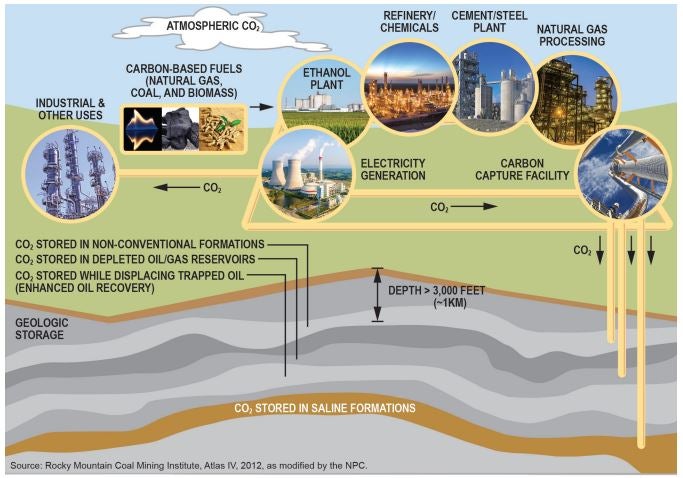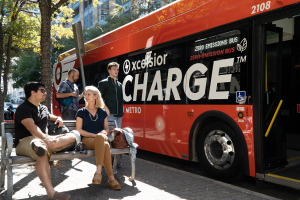 A new study out today in the journal Science finds that climate-warming methane emissions from flaring, the practice of burning off gas rather than capturing it for productive use, are five times higher than government estimates — primarily due to unlit and malfunctioning flares. Researchers conclude that flares are combusting at a 91% efficiency rate, significantly lower than the 98% efficiency rate that is assumed by operators and policymakers.
A new study out today in the journal Science finds that climate-warming methane emissions from flaring, the practice of burning off gas rather than capturing it for productive use, are five times higher than government estimates — primarily due to unlit and malfunctioning flares. Researchers conclude that flares are combusting at a 91% efficiency rate, significantly lower than the 98% efficiency rate that is assumed by operators and policymakers.
These findings confirm that our current environmental standards are not adequately controlling this pollution source and underline the need for urgent regulatory action from the Environmental Protection Agency and Bureau of Land Management to limit pollution and waste from flaring.










 One of the biggest accomplishments from
One of the biggest accomplishments from 

